NIMH’s Animal Torture Fails Everyone
America’s leading agency for research on mental disorders has spent decades wasting your money. Instead of finding cures, here’s what it’s funding instead.
Update (May 24, 2024): Exciting news! Next week, beloved actor and fierce animal rights activist James Cromwell will present this petition to the National Institute of Mental Health on our behalf! Our signature-gathering phase for this effort is closed now, but you can still take action to end the institute’s horrific fright laboratory, in which brain-damaged monkeys are tormented with fake but realistic-looking snakes and spiders.
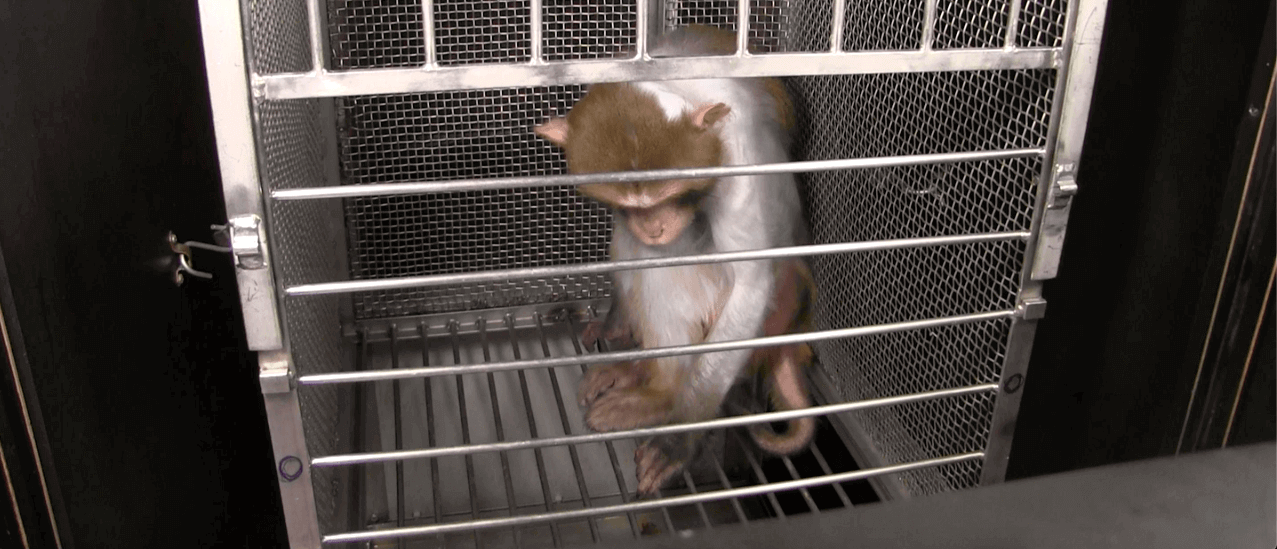
The National Institute of Mental Health (NIMH), America’s leading agency for research on mental health, proudly pronounces that it “envisions a world in which mental illnesses are prevented and cured.”
But the agency needs new glasses. Despite raking in billions of taxpayer dollars for more than seven decades, NIMH has failed to bring the slightest focus to that vision. The institute’s reliance on futile animal experiments has failed to produce effective treatments and has hindered progress toward curing human illnesses.
Instead of Curing Psychiatric Diseases, NIMH Conducts Psychopathic Experiments
NIMH estimates that one in five U.S. adults—approximately 57.8 million people—suffer from mental illness, yet in 2021 fewer than half received treatment. Those who do receive treatment still face a range of problems.
New drug developments have failed. Most treatments for common neuropsychiatric disorders haven’t improved since their development 50 years ago, and many have unpleasant side effects and don’t work for everyone. Some people may not find a drug that works for them at all.
Progress is at a standstill—in part because of NIMH’s animal-obsessed one-track mind.
Scaring mice will never lead to treatments for depression, for the following reasons:
- NIMH experimenters subject mice to harrowing agony in the “forced swim,” “tail suspension,” and “footshock” tests in attempts to study human depression. They force mice to swim for their lives in inescapable beakers of water, suspend them upside down by their tails, and trap them in a chamber with an electrified floor that gives repeated shocks to their feet. NIMH Director Joshua Gordon has personally subjected mice to a “social defeat” test in which one animal repeatedly attacks another.
- These cruel tests haven’t produced a single treatment for humans. Succeeding only in causing intense terror, anxiety, and helplessness in mice, the tests fail to recreate the complex conditions that lead to human depression.
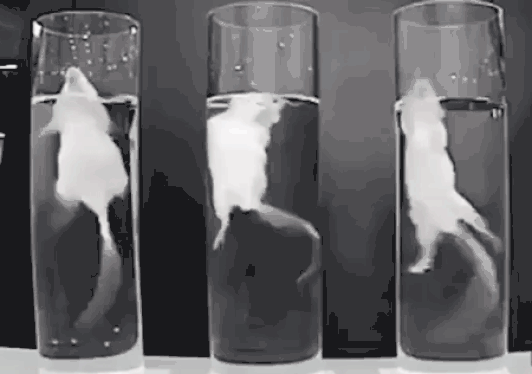
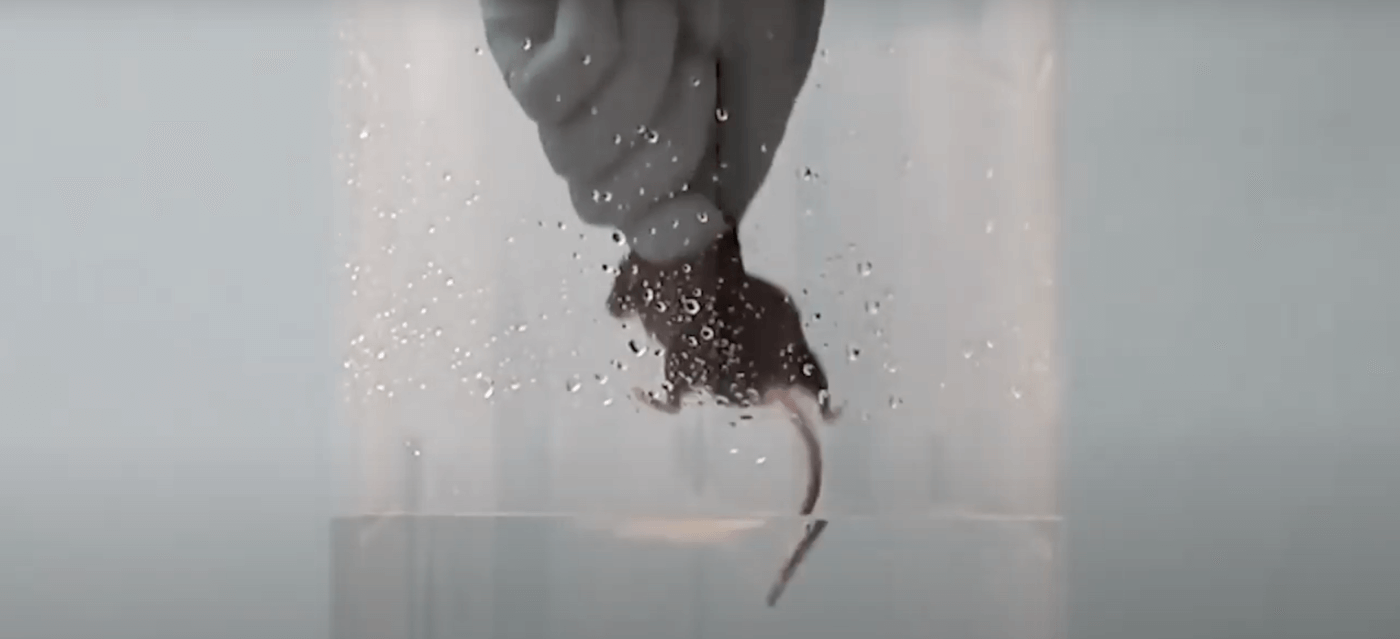
Brain-Damaged Monkeys Aren’t Stand-Ins for Humans
NIMH experimenter Elisabeth Murray cuts open monkeys’ skulls and injects toxins into their brains or suctions out chunks. She then sticks the now brain-damaged monkey in a tiny cage, terrifies them with fake snakes and spiders to see how they react, and kills them. Despite wasting 30 years and $50 billion in taxpayer money, Murray still hasn’t produced a single useful cure or treatment for either humans or monkeys.
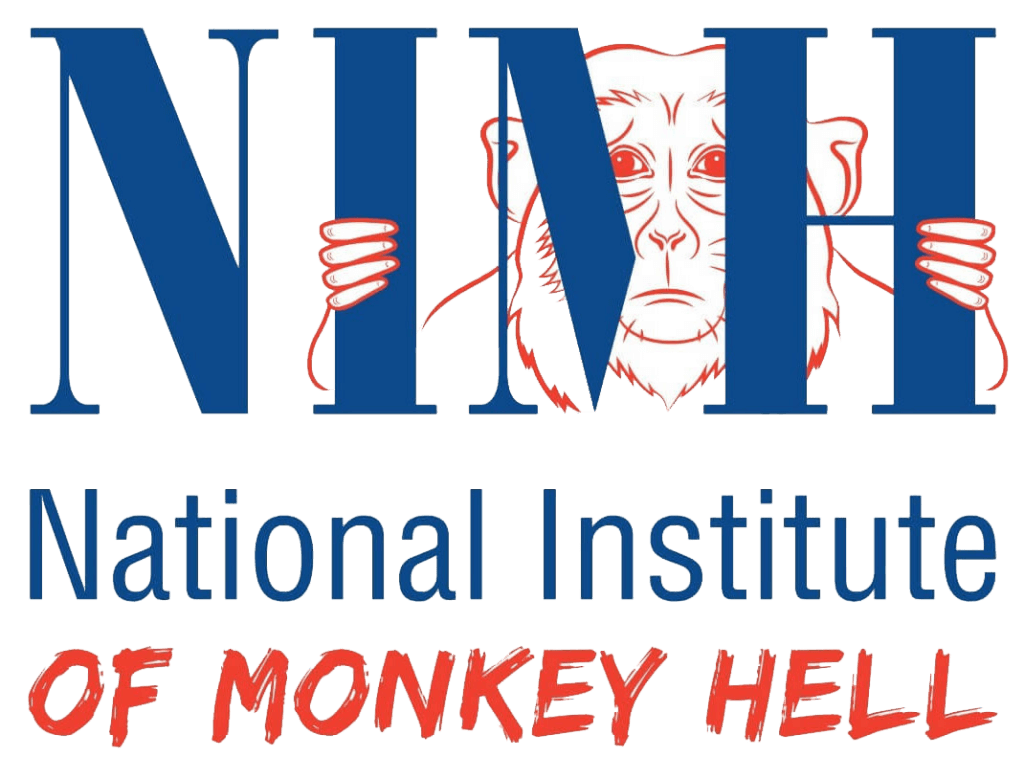
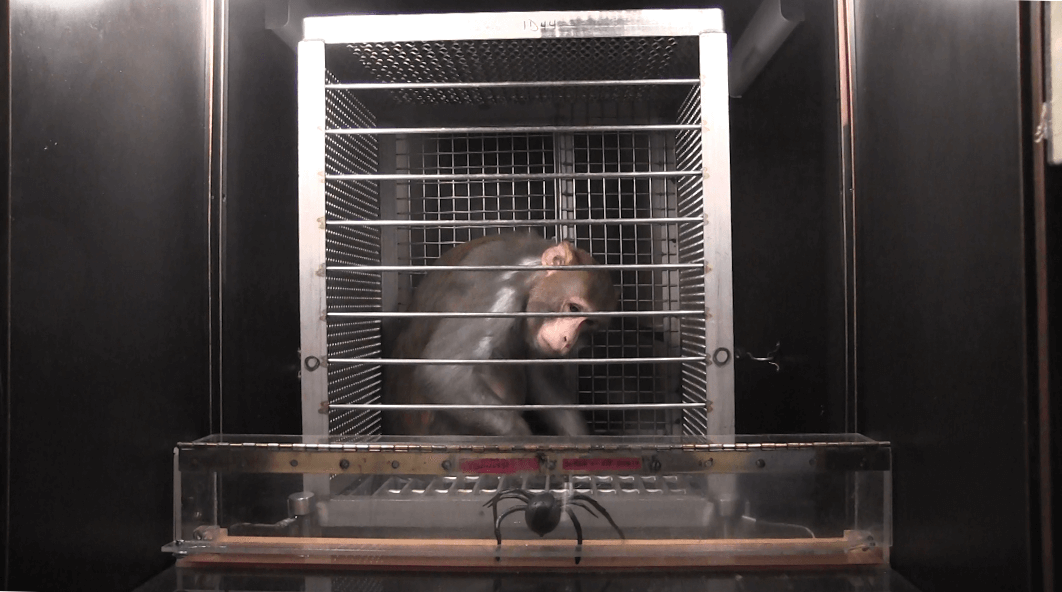
Sex, Power, and Taxpayer-Funded Quackery
Absurd experimenters at Duke University used monkeys to study “sex and power in advertising.” They forced monkeys to use computers to select brand logos that were paired with images of sexually receptive female monkeys. The monkeys were kept thirsty to encourage their “cooperation,” for which they received a few drops of fruit juice. The not-so-groundbreaking results that NIMH paid for with our tax dollars? Sex sells. That’s it.


NIMH Has a Muddled Memory
NIMH’s published studies have identified that animals aren’t good models for human afflictions, yet the agency heedlessly continues to act against its better judgment.
Unnatural laboratory conditions, physiological differences between species, and the relative inability to measure emotional states in animals are just some of the problems with these tests—and the 95% failure rate for new drugs that test safe and effective in animals but fail in human clinical trials underscores these issues.
Again, NIMH’s directors have acknowledged that these current methods aren’t working, yet the agency continues to funnel taxpayer dollars into worthless animal experiments while human patients suffer.
“None of these [animal] models can accurately reflect the human condition. … Mice are not people. Mice do not have schizophrenia or anxiety.”
—Joshua Gordon, M.D., Ph.D., current NIMH director (Source)
“I spent 13 years at NIMH really pushing on the neuroscience and genetics of mental disorders, and when I look back on that I realize that while I think I succeeded at getting lots of really cool papers published by cool scientists at fairly large costs—I think $20 billion—I don’t think we moved the needle in reducing suicide, reducing hospitalizations, improving recovery for the tens of millions of people who have mental illness.”
—Tom Insel, M.D., former NIMH director, 2002–2015 (Source)

Adding Insult to Injury
In an unsurprising twist, it turns out that torturing animals for a living may damage a person’s psyche.
Studies show that laboratory personnel are prone to compassion fatigue, burnout, and traumatic stress due to their repetitious exposure to the pain and death inflicted upon animals. Depression, anxiety, hopelessness, guilt, and substance abuse are just a few of the other reported mental health issues that laboratory staff experience.
Not only is NIMH failing to produce treatments for mental illnesses, its misguided reliance on animal experimentation may also be contributing to the psychological burden of its staff.
Scientists Have Found a Better Way—Add Your Support
Scientists across the country are using modern technological advances, including brain organoids, brains-on-a-chip, human brain imaging and tissue analysis, to learn more about afflictions of the human brain without causing any animal pain or suffering.
NIMH has received more than $16 billion in taxpayer dollars in the last decade. This money should go toward practical approaches that offer real relief for patients.
